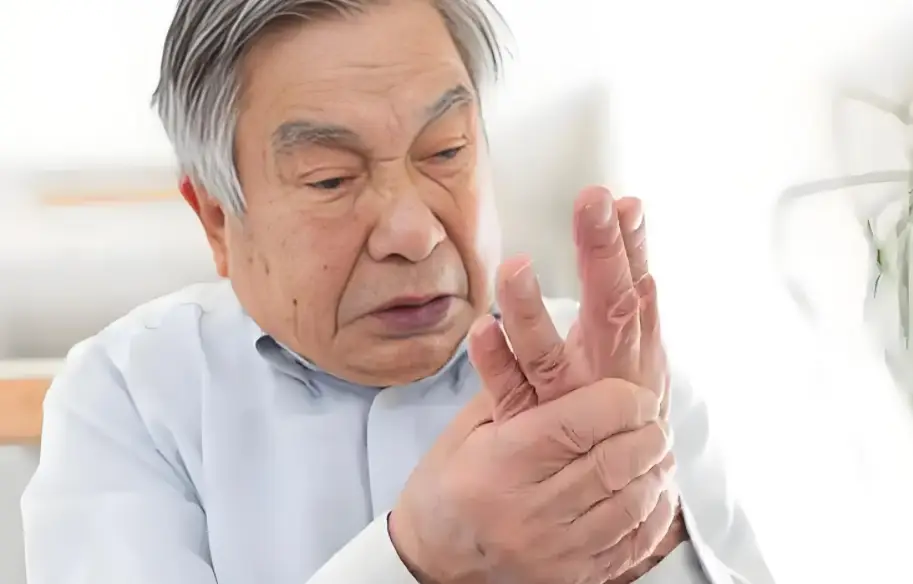Parkinson's disease is a common neurodegenerative disease, which is mainly manifested by motor dysfunction and may be accompanied by a variety of non-motor symptoms. Its core clinical manifestations include resting tremor, muscle rigidity, bradykinesia and posture gait disorders. These symptoms do not appear suddenly, but gradually progress, often difficult to detect in the early stage, and gradually affect the patient's daily life ability as the disease progresses.
Resting tremor is one of the most characteristic manifestations of Parkinson's disease. It usually starts from one hand and manifests as a rhythmic tremor with a frequency of 4 to 6 Hz. It is obvious at rest and alleviated or disappears during activity. Myotonia is manifested as continuous muscle contraction, resulting in limb stiffness, increased resistance during activity, and "gear-like" or "lead pipe-like" characteristics. Bradykinesia is mainly manifested as difficulty in starting movements, slow movements and reduced amplitude, such as smaller handwriting and shorter strides. Postural gait disorders are manifested as forward leaning of the trunk, unstable gait, and easy falling.

In addition to motor symptoms, Parkinson's patients often have a variety of non-motor symptoms, such as autonomic dysfunction (such as constipation, postural hypotension), mental and psychological symptoms (such as depression, anxiety, cognitive impairment), and sleep disorders. Although these symptoms are not as typical as motor symptoms, they have a profound impact on the patient's quality of life.
The manifestation of Parkinson's disease is not only a degenerative change in the nervous system, but also a disturbance to the rhythm of life. It reminds us that health is a dynamic process, while disease is a challenge to the order of life. In the face of Parkinson's disease, medical progress has provided us with more treatment methods, and care and support for patients and their families is also an indispensable part of the treatment process.

%20--%3e%3c!DOCTYPE%20svg%20PUBLIC%20'-//W3C//DTD%20SVG%201.1//EN'%20'http://www.w3.org/Graphics/SVG/1.1/DTD/svg11.dtd'%3e%3csvg%20version='1.1'%20id='图层_1'%20xmlns='http://www.w3.org/2000/svg'%20xmlns:xlink='http://www.w3.org/1999/xlink'%20x='0px'%20y='0px'%20width='256px'%20height='256px'%20viewBox='0%200%20256%20256'%20enable-background='new%200%200%20256%20256'%20xml:space='preserve'%3e%3cpath%20fill='%23FFFFFF'%20d='M194.597,24.009h35.292l-77.094,88.082l90.697,119.881h-71.021l-55.607-72.668L53.229,232.01H17.92%20l82.469-94.227L13.349,24.009h72.813l50.286,66.45l58.148-66.469V24.009z%20M182.217,210.889h19.566L75.538,44.014H54.583%20L182.217,210.889z'/%3e%3c/svg%3e)